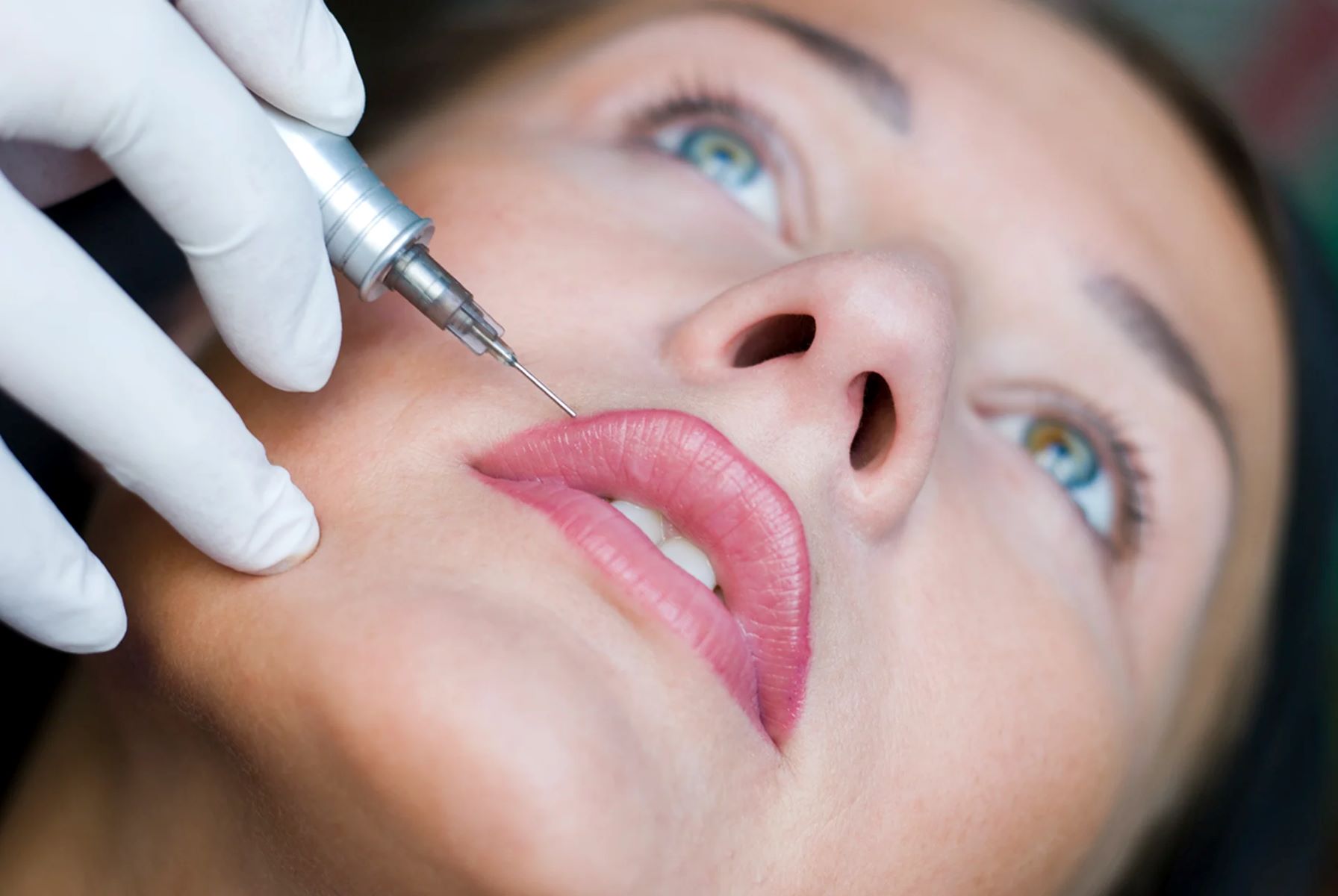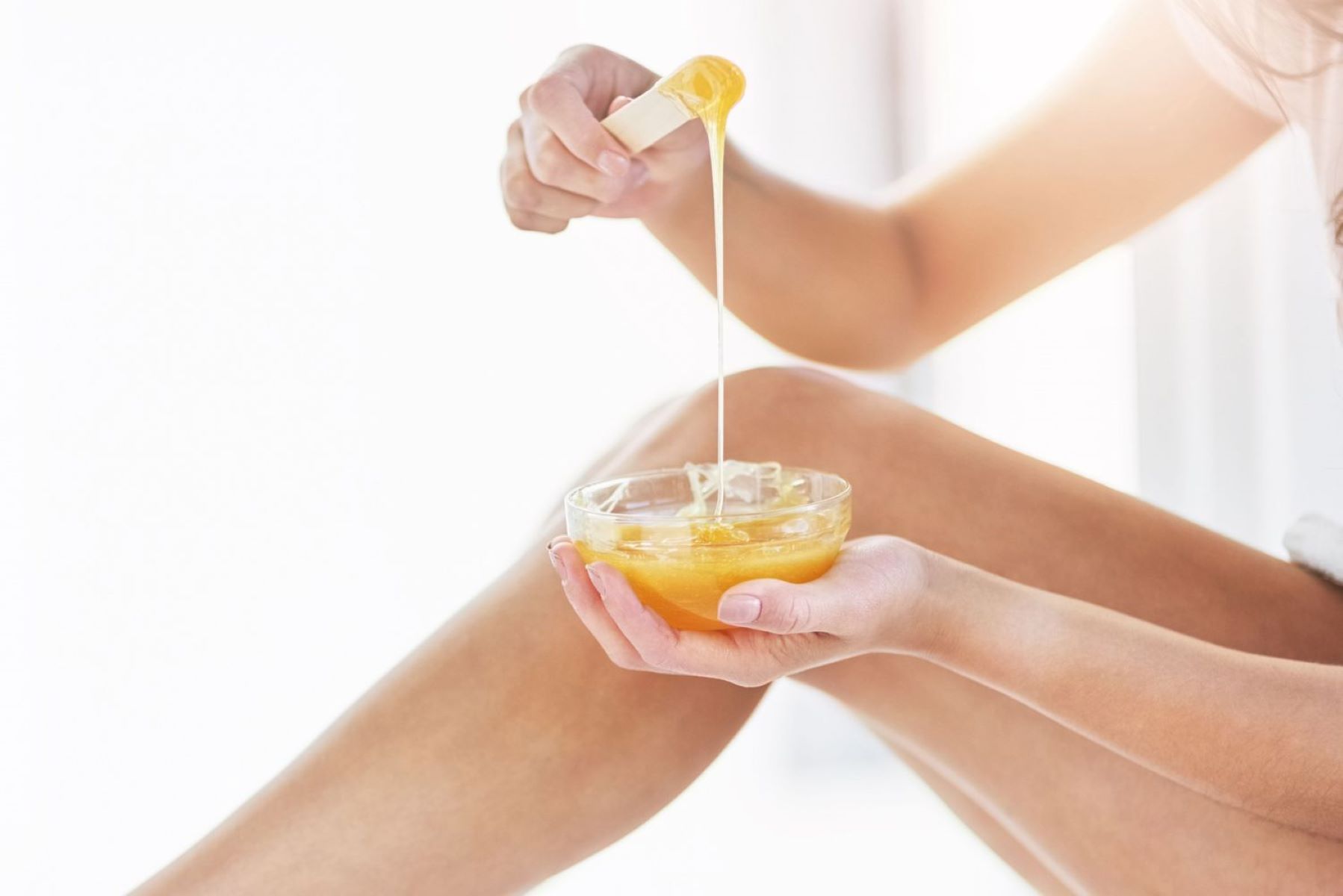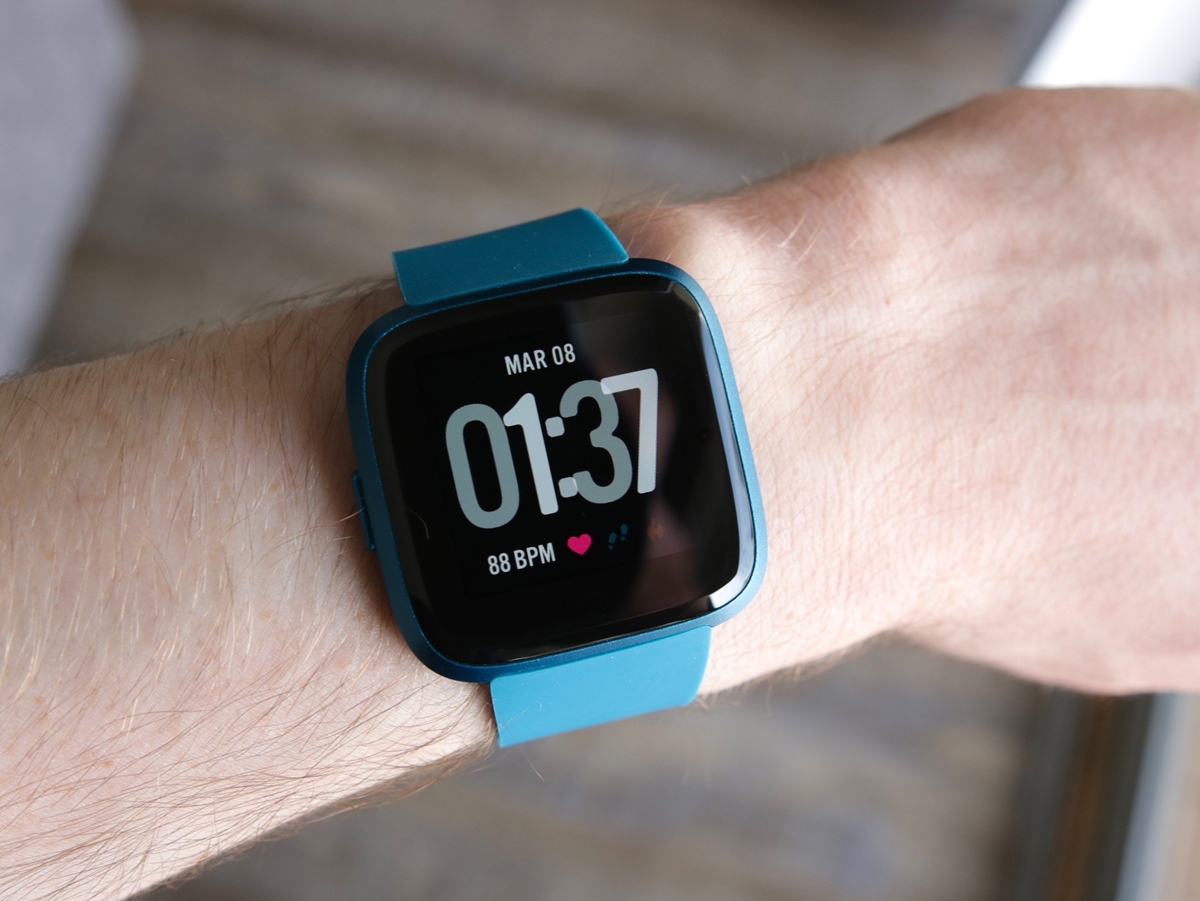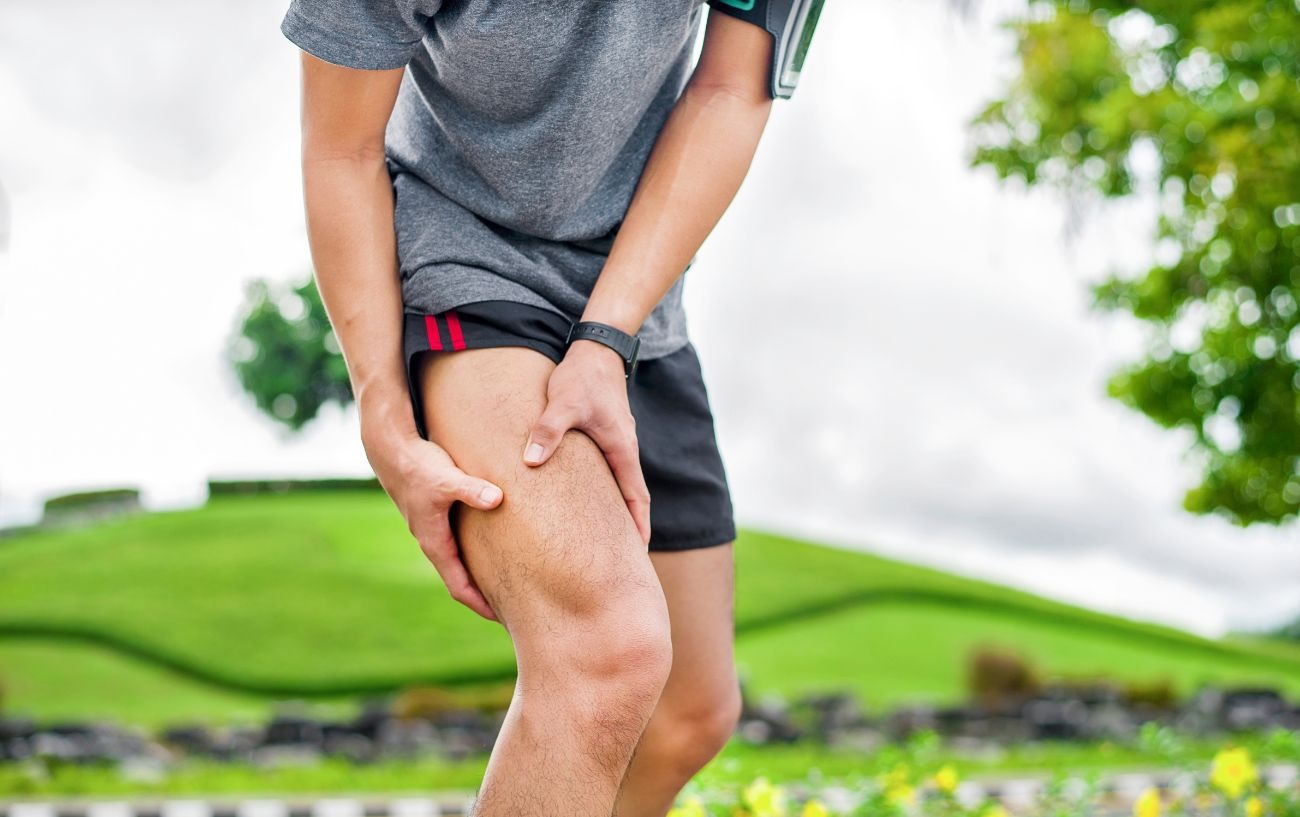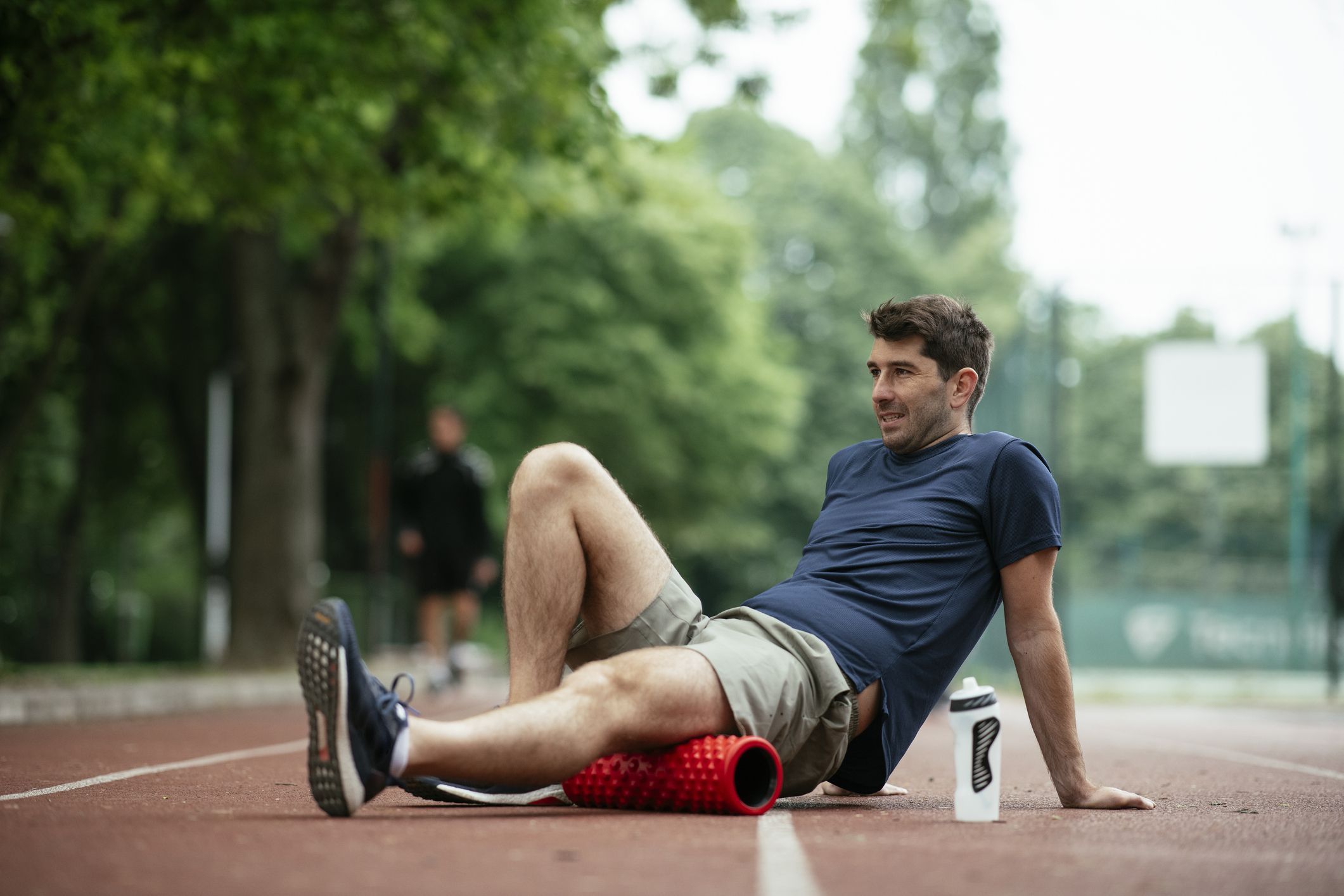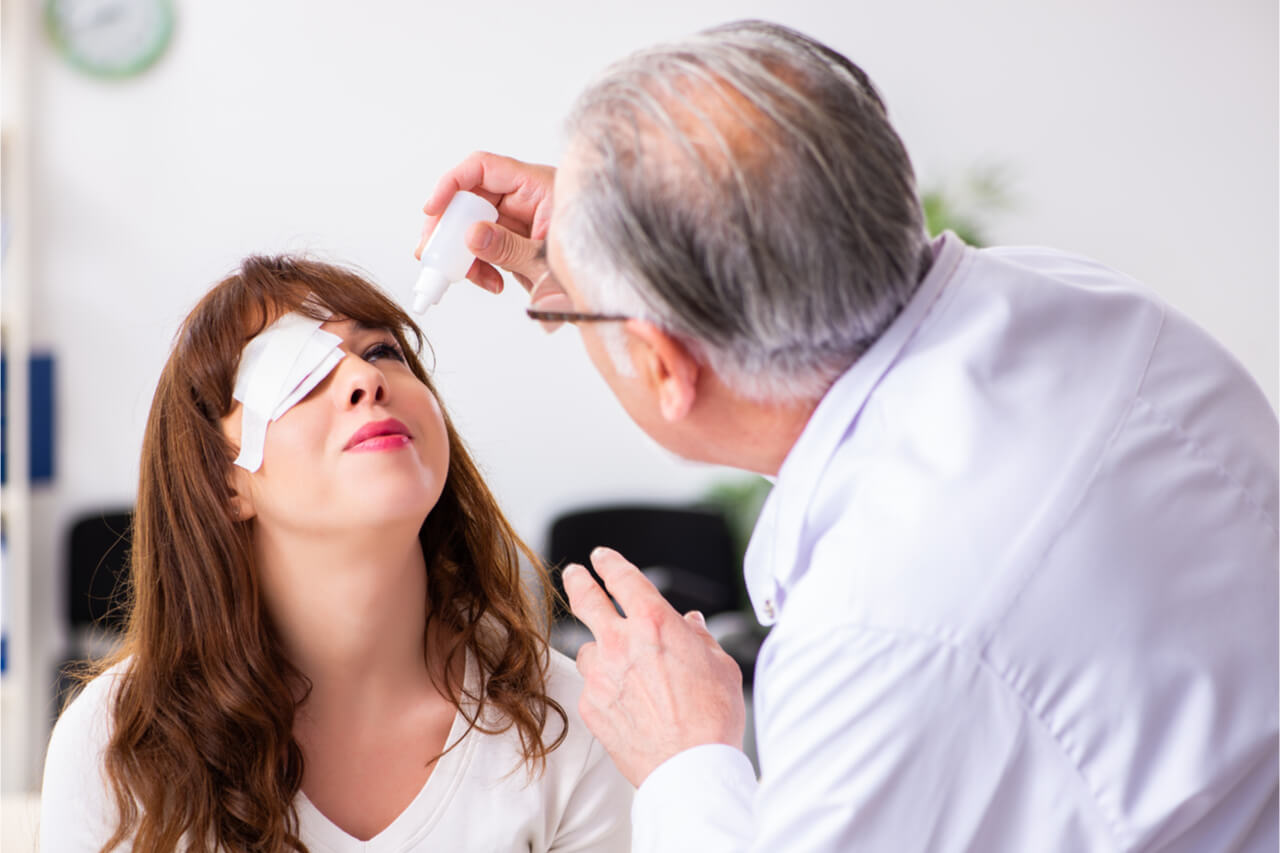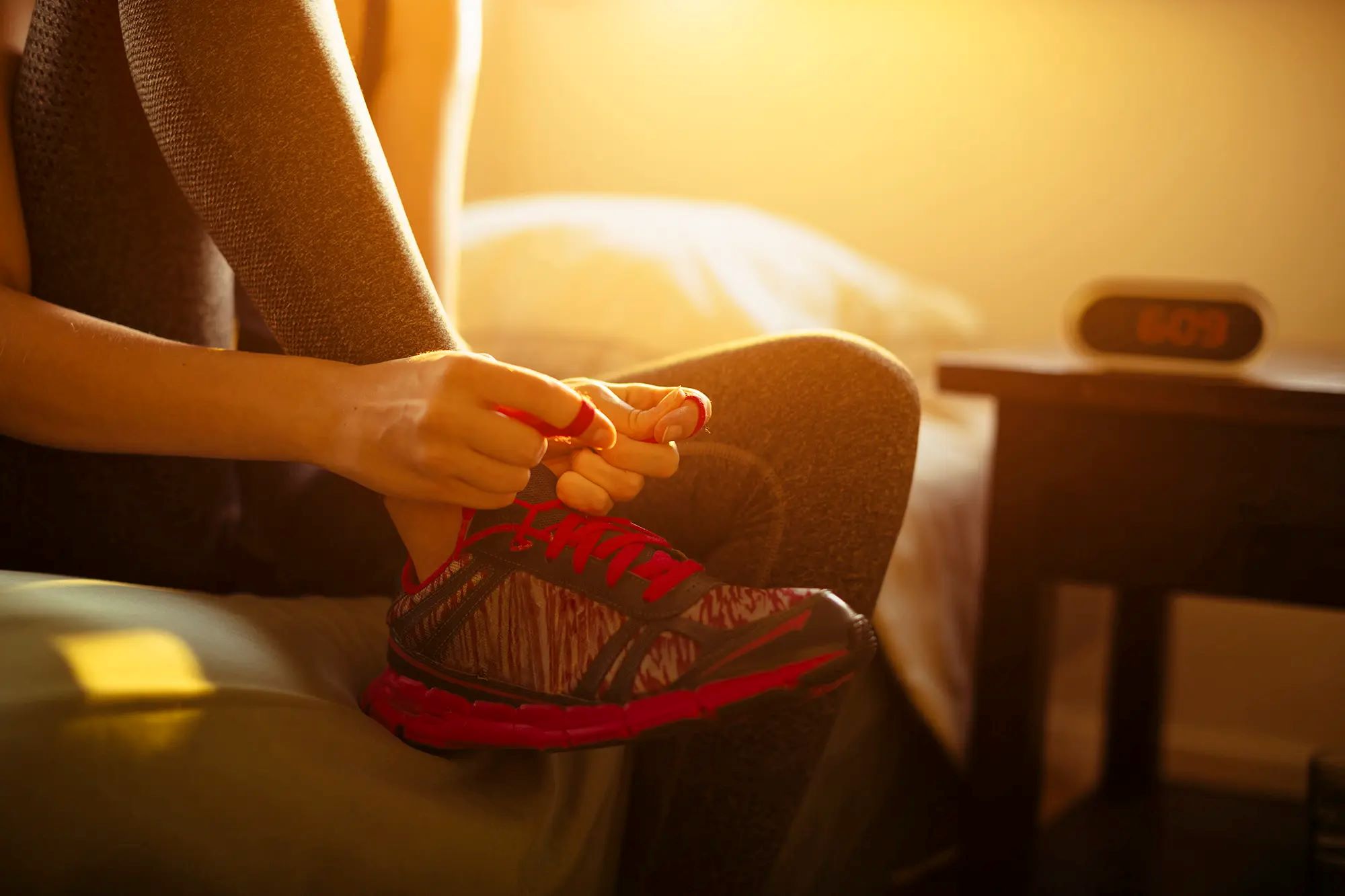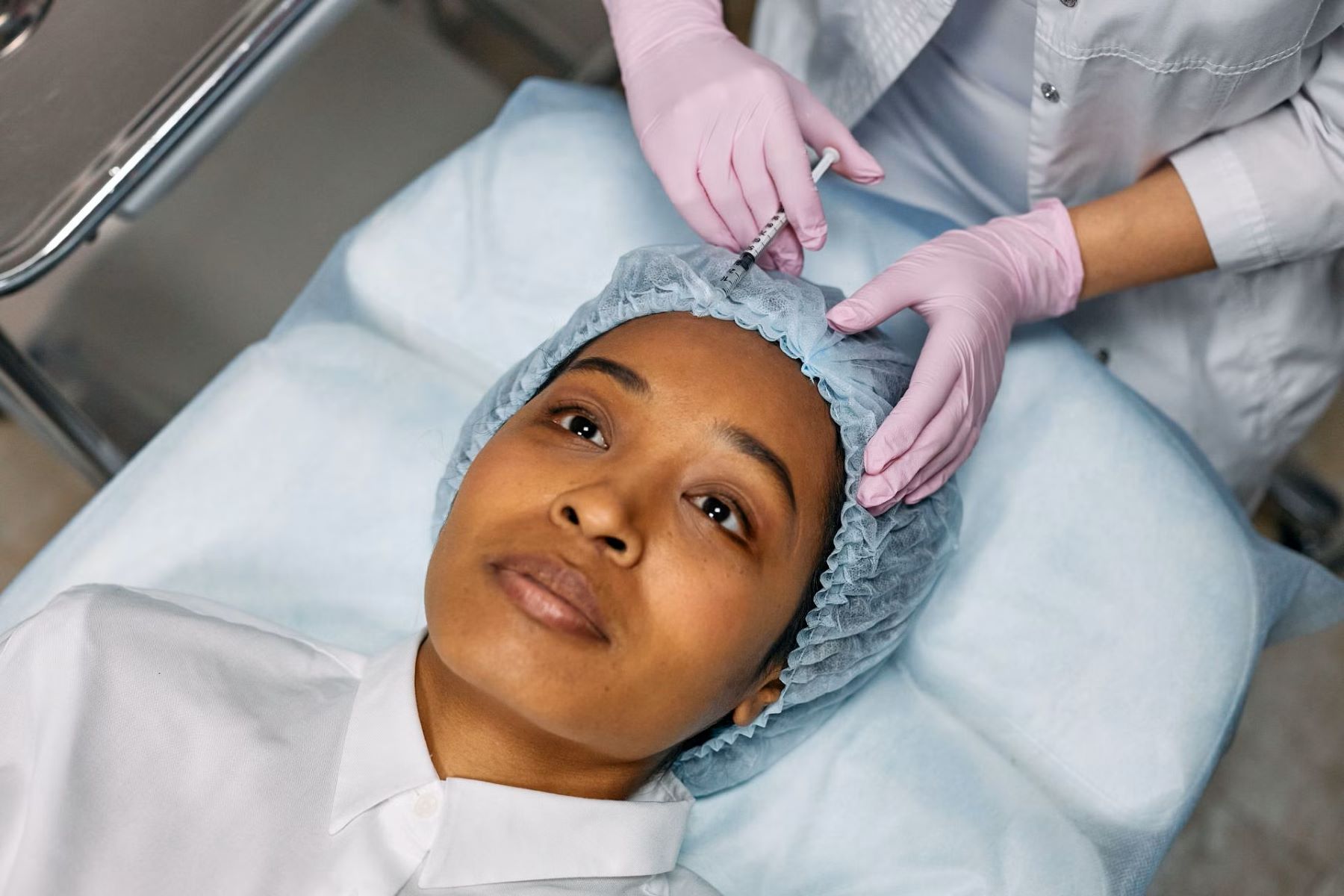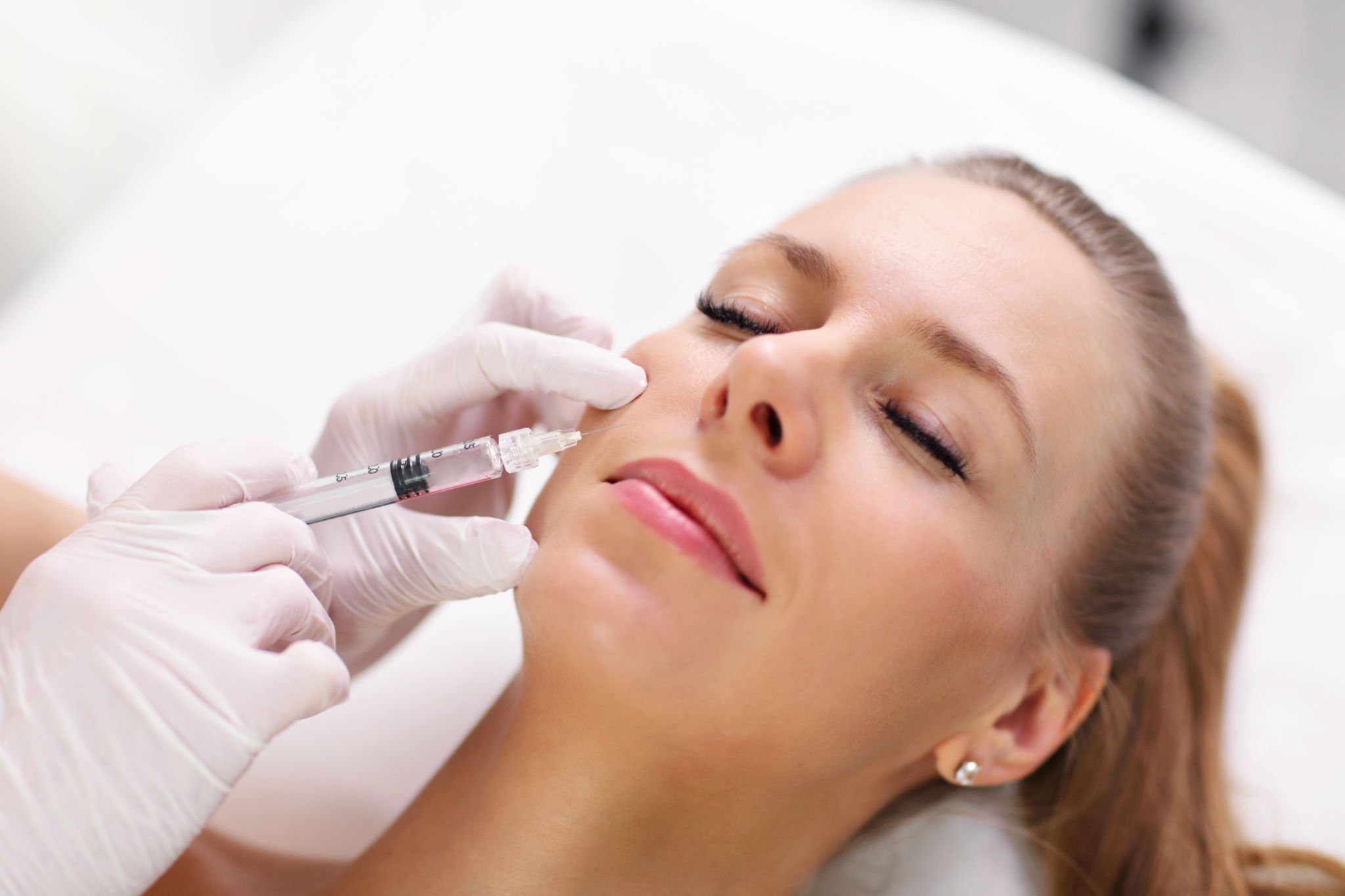Home>Misc>Featured>When Can You Exercise After Getting A Tattoo


Featured
When Can You Exercise After Getting A Tattoo
Published: September 27, 2023
Discover when it's safe to exercise after getting a tattoo. Expert advice and key guidelines. Stay featured with proper aftercare.
Introduction
Getting a tattoo is an exciting and personal experience. It’s a beautiful form of self-expression that allows us to adorn our bodies with meaningful art. However, once you get a tattoo, it’s important to take proper care of it to ensure optimal healing and long-term satisfaction with the results.
The healing process after getting a tattoo is crucial. It involves the formation of a protective scab, the rejuvenation of the skin, and the gradual fading of any initial redness or swelling. During this time, it’s essential to follow your tattoo artist’s aftercare instructions to the letter to minimize the risk of infection and scarring.
One common concern among tattoo enthusiasts is when they can resume their regular exercise routine after getting inked. After all, exercise is an integral part of a healthy lifestyle for many people. The good news is that, with proper care and a bit of patience, you can gradually get back to your favorite physical activities without compromising the healing of your tattoo.
In this article, we will explore the healing process of tattoos, discuss the initial aftercare instructions, determine the timeframe for exercising after getting a tattoo, identify signs of tattoo healing, and provide some helpful tips to ensure a smooth transition back to your exercise routine. So, let’s dive in and learn how to incorporate exercise into your tattoo healing process!
Healing Process of Tattoos
The healing process of a tattoo is a fascinating and intricate journey that your body embarks on to repair and restore the skin after getting inked. Understanding this process is essential to ensure that you provide your tattoo with the care it needs and to achieve the best possible outcome.
Immediately after getting a tattoo, your skin will be red, swollen, and tender. This is a natural response to the trauma caused by the tattooing process. The tattoo artist will clean the area and apply a protective ointment, followed by a dressing or bandage to keep the tattoo clean and prevent infection.
Over the next few hours and days, your body will start the healing process. A scab will begin to form as your skin tries to protect and repair itself. It’s important to resist the temptation to pick or scratch the scab, as this can cause damage to the tattoo and increase the risk of infection.
During the healing process, you may experience some discomfort, itching, and peeling of the skin. These are normal reactions as your body sheds the dead skin cells and replaces them with new ones. It’s crucial to avoid excessive scratching or rubbing, as this can disrupt the healing process and affect the final appearance of your tattoo.
It typically takes about two to four weeks for a tattoo to heal completely. However, keep in mind that healing times can vary depending on factors such as tattoo size, location, and your body’s unique healing ability. It’s important to be patient and allow your tattoo to heal at its own pace.
Throughout the healing process, it’s essential to follow the aftercare instructions provided by your tattoo artist. This may include cleaning the tattoo with a mild soap and water, applying a thin layer of ointment or moisturizer, and avoiding activities that can jeopardize the healing process, such as swimming or exposing the tattoo to direct sunlight.
By taking good care of your tattoo during the healing process, you can ensure that it retains its vibrancy and sharpness in the long run. Now that we understand the healing process, let’s move on to the initial aftercare instructions that you should follow after getting a tattoo.
Initial Aftercare Instructions
Proper aftercare is crucial to ensure the best possible healing and preservation of your new tattoo. The initial aftercare period is a critical time when your tattoo is most vulnerable to infection and damage. Here are some essential aftercare instructions to follow:
- Keep the tattoo covered: Your tattoo artist will apply a dressing or bandage immediately after the tattooing process. It’s important to leave this covering on for the specified time to protect the tattoo from bacteria and external irritants.
- Cleanse gently: After removing the dressing, gently cleanse the tattooed area using a mild, fragrance-free soap and lukewarm water. Gently pat it dry with a clean towel or let it air dry.
- Apply a thin layer of ointment: Your tattoo artist may recommend a specific ointment or cream to apply to the tattooed area. Apply a thin layer as instructed, ensuring that you cover the tattoo completely without suffocating it. Repeat this process a few times a day to keep the tattoo moisturized.
- Avoid excessive moisture and dryness: While keeping the tattoo moisturized is essential, avoid excessive moisture, such as soaking in water or using saunas, hot tubs, or steam rooms. Likewise, avoid exposing the tattoo to prolonged periods of dryness or direct sunlight.
- Avoid scratching or picking: It’s common for a healing tattoo to itch, but resist the urge to scratch it. Scratching can damage the tattoo and delay the healing process. Instead, lightly tap or pat the itchy areas to alleviate the discomfort.
- Wear loose and breathable clothing: To maximize airflow and minimize friction, wear loose-fitting and breathable clothing over your tattoo during the healing process. This will help prevent irritation and rubbing against the tattooed area.
- Avoid activities that can compromise healing: During the initial healing period, it’s important to avoid activities that can put strain or stress on your tattoo. This includes intense exercise, swimming, sunbathing, and exposing the tattoo to harsh chemicals or excessive dirt.
- Follow the aftercare instructions provided by your tattoo artist: Your tattoo artist may have specific aftercare instructions based on the size, location, and style of your tattoo. It’s crucial to follow their guidance as they are experts in the field and have your tattoo’s best interest in mind.
By following these initial aftercare instructions, you can promote a healthy healing process and protect the integrity of your new tattoo. Now that we have covered the initial aftercare, let’s explore when it’s safe to resume exercising after getting a tattoo.
Timeframe for Exercising After Getting a Tattoo
As much as we may want to get back to our regular exercise routine after getting a tattoo, it’s important to be patient and allow adequate time for the tattoo to heal. Engaging in strenuous physical activities too soon can jeopardize the healing process and potentially damage your new ink. So, what is the timeframe for exercising after getting a tattoo?
Generally, it is recommended to wait at least 2 to 3 weeks before engaging in any intense physical activities or exercises that may cause excessive sweating, friction, or trauma to the tattooed area. This timeframe allows the skin to fully heal and reduces the risk of complications.
During the initial weeks, your tattoo will go through various stages of healing, including scabbing, peeling, and flaking. It’s crucial to give your tattoo enough time to shed the dead skin cells and fully settle into the skin before subjecting it to intense workouts or activities.
Additionally, excessive sweating during exercise can be detrimental to the healing process. Sweat contains bacteria and salt that can irritate the tattooed area, leading to potential infections or color fading. It’s important to keep the tattoo clean and dry during the healing period, and excessive sweating can impede this process.
However, it’s important to note that the timeframe for exercising after getting a tattoo can vary depending on factors such as the size and location of the tattoo, your individual healing process, and any specific aftercare instructions provided by your tattoo artist.
If you’re unsure about when it’s safe to resume exercise, it’s best to consult with your tattoo artist. They have the knowledge and experience to assess your individual situation and provide personalized recommendations based on your tattoo’s characteristics.
Remember, your tattoo is a permanent part of your body, and taking the time to allow it to heal properly will ensure that you can enjoy it for years to come. Now that we understand the timeframe, let’s explore the signs of tattoo healing to determine if your tattoo is ready for exercise.
Signs of Tattoo Healing
As your tattoo goes through the healing process, there are certain signs and indicators that can help you determine if it is healing properly and if you are ready to resume exercising. Keep an eye out for the following signs of tattoo healing:
- Reduced redness and swelling: In the initial days after getting a tattoo, it is normal for the tattooed area to appear red and slightly swollen. As it heals, the redness should gradually subside, and the swelling should decrease. If you notice a significant reduction in redness and swelling, it is a positive sign that your tattoo is healing well.
- Formation of a scab: During the healing process, a scab will form over the tattooed area. This scab acts as a protective layer, allowing the underlying skin to regenerate. It’s important to resist the urge to pick or scratch the scab, as it can disrupt the healing process and lead to scarring.
- Peeling and flaking: As the scab begins to dry and heal, it will start to peel and flake off naturally. This is a normal part of the healing process, and you may notice small pieces of skin coming off. However, avoid forcefully picking or pulling at the peeling skin, as it can damage the tattoo.
- Itching subsides: It’s common for a healing tattoo to be itchy, especially during the peeling phase. However, as the healing progresses, the itching should gradually subside. If the itching becomes unbearable or persistent, consult your tattoo artist or a healthcare professional.
- Clear and vibrant colors: As the healing process continues, you will notice that the colors of your tattoo become more defined and vibrant. Initially, the tattoo may appear dull or slightly faded due to the healing process, but as the skin heals, the colors should start to pop and regain their brightness.
- No signs of infection: It’s crucial to keep an eye out for any signs of infection, such as increased redness, excessive pain, abnormal swelling, pus, or a foul odor. If you notice any of these signs, it’s important to seek medical attention as soon as possible.
It’s important to remember that healing times can vary for each individual and tattoo. It’s essential to prioritize proper aftercare and listen to your body. If you’re unsure about the healing progress or whether you’re ready to resume exercising, consult with your tattoo artist or a healthcare professional.
By closely monitoring the signs of tattoo healing, you can ensure that your tattoo is healing properly and that it is safe to gradually ease back into your exercise routine. Now, let’s explore some helpful tips to keep in mind when exercising after getting a tattoo.
Tips for Exercising After Getting a Tattoo
Once your tattoo has healed sufficiently and you’re ready to resume exercising, it’s important to take certain precautions to protect your tattoo and ensure a smooth transition back into your fitness routine. Here are some helpful tips to keep in mind:
- Start slowly: Begin by easing back into your exercise routine gradually. Avoid high-impact activities or exercises that put excessive strain on the tattooed area. Choose low-intensity workouts or engage in activities that don’t involve direct contact with the tattoo.
- Choose loose clothing: Opt for loose-fitting clothing made of breathable fabric. This will reduce friction and prevent irritation or rubbing against the tattooed area during exercise. Avoid tight or restrictive clothing that may cause discomfort or interfere with the healing process.
- Avoid excessive sweating: While some sweating during exercise is normal, excessive sweating can irritate the tattooed skin and hinder the healing process. Consider choosing workouts that are less intense or adjusting your exercise routine accordingly to minimize excessive sweating.
- Protect from the sun: The UV rays from the sun can cause the colors in your tattoo to fade prematurely. When exercising outdoors, make sure to protect your tattoo by applying a broad-spectrum sunscreen with a high SPF to the exposed areas. If possible, cover the tattoo with clothing or seek shade.
- Maintain proper hygiene: After exercising, ensure that you clean the tattooed area gently with a mild, fragrance-free soap and lukewarm water. Pat it dry with a clean towel or let it air dry. Remember to follow your tattoo artist’s aftercare instructions regarding cleaning and moisturizing.
- Stay hydrated: Drink plenty of water before, during, and after your workout to stay hydrated. Proper hydration helps to maintain the overall health of your skin, including the tattooed area. It also aids in the healing process by promoting cell regeneration.
- Listen to your body: Pay close attention to how your body feels during and after exercise. If you experience any discomfort, pain, or excessive swelling around the tattooed area, it’s important to take a break and allow your body more time to heal. Remember, pushing through pain can lead to complications.
- Consult your tattoo artist: If you have any concerns or questions about exercising and taking care of your tattoo, don’t hesitate to reach out to your tattoo artist. They are knowledgeable about the specifics of your tattoo and can provide personalized advice and recommendations.
By following these tips, you can ensure that you can safely incorporate exercise back into your routine while protecting your healing tattoo. Remember that every tattoo and body is unique, so it’s essential to listen to your body and prioritize its healing needs. Now, let’s wrap up our discussion.
Conclusion
Getting a tattoo is an exciting and personal experience, and taking proper care of your tattoo is essential for optimal healing and long-term satisfaction. When it comes to exercising after getting a tattoo, it’s important to be patient and allow adequate time for the tattoo to heal. Rushing back into intense physical activities too soon can compromise the healing process and potentially damage the tattoo.
During the healing process, it’s crucial to follow the initial aftercare instructions provided by your tattoo artist. This includes keeping the tattoo covered, gently cleansing the area, applying a thin layer of ointment, and avoiding activities that can disrupt the healing process.
The timeframe for exercising after getting a tattoo is typically around 2 to 3 weeks, but it can vary depending on factors such as the size and location of the tattoo. It’s important to closely monitor the signs of tattoo healing, such as reduced redness and swelling, the formation and shedding of scabs, vibrant colors, and the absence of infection.
When you’re ready to resume exercising, start slowly and gradually increase the intensity of your workouts. Choose loose and breathable clothing, avoid excessive sweating, protect your tattoo from the sun, maintain proper hygiene, stay hydrated, and listen to your body’s signals. If you have any concerns or questions, consult your tattoo artist for personalized advice.
Your tattoo is a permanent part of your body, and by taking proper care of it during the healing process, you can ensure its longevity and vibrant appearance. So, be patient, follow the aftercare instructions, and enjoy your new tattoo as you incorporate exercise back into your routine!

